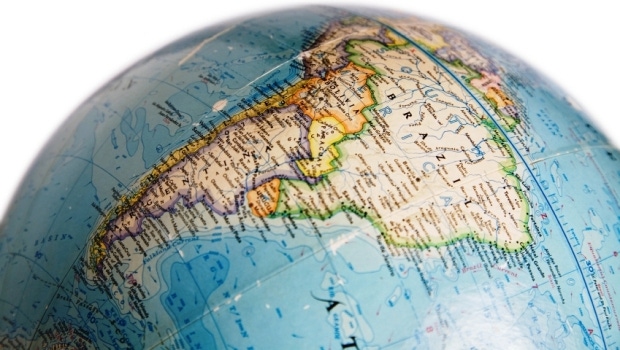New Self-Storage Development Trends in South America: Mini-Cities, Mixed-Use Projects and More
This has been a busy year for the Latin American self-storage industry, which experienced significant growth, largely due to innovation. Facility development is no longer just about storage space and amenities; it's about being part of cutting-edge, mixed-use projects and being environmentally conscientious.
December 3, 2013

By Nancy Torres
This has been a busy year for the Latin American self-storage industry, which experienced significant growth, largely due to innovation. Facility development is no longer just about storage space and amenities; it's about being part of cutting-edge, mixed-use projects and being environmentally conscientious.
Unexpected Demand, Development Obstacles
Urbanism is well-known term in Latin America, relating to the fact that a considerable percentage of the population lives in metropolitan areas. Higher education, work opportunities and access to better health care are major drivers of this trend. For the past decade, this has been true in cities like Buenos Aires, Mexico City, Rio de Janeiro, Santiago and São Paulo. But in recent years, other cities have been experiencing the same phenomenon, such as Bogota, Guatemala City, Lima, Panama City and San Jose.
At the same time, residents who migrated to Europe or the United States looking for jobs are returning to their home countries due to the economic recession. Its interesting to see government-sponsored programs like the one in Peru that helps expatriates move back to their homeland. This programs include tax credits, moving subsidies and other benefits.
This creates fertile ground for self-storage development but also challenges in finding a location that meets all the requirements at a reasonable cost. The price for land in these metro areas can run from $1,500 to $3,000 per square meter, which poses hurdles for investors. This growth wasnt planned, therefore, the infrastructure is not at par to the development. Traffic is chaotic and utilities, including communications, are not reliable.
 Micro-City Lifestyle Centers
Micro-City Lifestyle Centers

Costa Rica is a good example of a new trend catching on rapidly in Latin America: micro-cities. These areas offer all the amenities of the big city but within a smaller community. Escazú, a neighborhood about 9 kilometers west of San José, is a great example of this type of real estate development.
The Avenida Escazú project is the best of its class. This lifestyle center aims to combine options for housing, work, entertainment, shopping and wellness all in one place. It offers retail, offices, lodging, residences, theaters, restaurants, medical services and, yes, even self-storage.
The executive team of Loq Storage Mini Bodegas, which operates in Avenida Escazú, decided to be part of this cutting-edge project from the beginning, negotiating a lease on the lower floor of the community parking garage. It was challenging, but the company was able to build a third-generation facility within its budget and in tune with the community's environmental efforts.
Mixed-Use Development
In Chile and Panama, theres another trend developing. These countries have seen an increase in mixed-use developments that include self-storage in business parks and shopping centers. A good example is Mi Bodega Self Storage in Santiago, Chile.
Due to land costs, any development in the area is vertical. The Mi Bodega project consists of 10 stories: The underground floor is self-storage; the ground level consists of retail space; two floors are dedicated for parking; five floors are office suites; and the top floor is a convention center. These types of facilities are being duplicated throughout the city as standalone projects or within business parks, which include showrooms, retail and office space. In Panama, new self-storage development is an integral part of shopping-center projects to offset the cost of land and provide an added value to tenants.
 Pledging to Be Green
Pledging to Be Green

The green movement seems to permeate all areas of development in Latin America. In Chile, self-storage operators pledge that their design, construction and operation will be in accord with the preservation of our environment, focusing on energy efficiency, waste management and biodegradable products. In Costa Rica, facility construction involves the use of LED lighting, energy-efficient office equipment, HVAC efficiency, and green walls and landscaping. Its beautiful to walk into a storage property and see that instead of asphalt in the parking area, they use blocks that allow grass to grow. There are ivy walls at the entrance and vines rather than cyclone fence.
Latin America never ceases to surprise me. Its an evolving region trying to find its own identity while adapting to European and U.S. self-storage standards. There are many challenges ahead, in particular related to land costs and government regulation. Nevertheless, the industry is doing well and growing strong.
Nancy Torres is director of business development Latin America for Janus International, a provider of doors and building components for the self-storage industry. In addition to cultivating business in the region, she serves as president of the Latin America Self Storage Association. Prior to joining Janus, Torres managed the construction of several self-storage facilities and spearheaded the construction process in Puerto Rico. For more information, visit www.janus-intl.com .
You May Also Like





